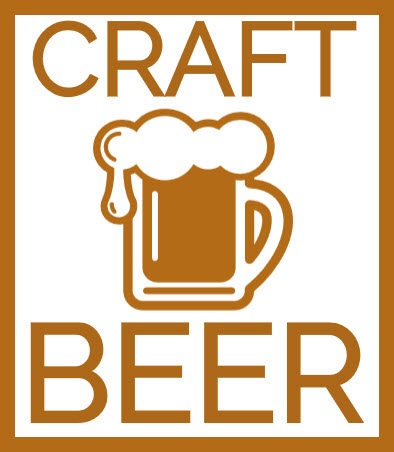Understanding the Basics of Craft Beer and Food Pairing
Pairing craft beer with food is both an art and a science that can enhance the flavors of both the beverage and the dish. The goal is to create a harmonious balance where the beer and food complement or contrast each other to elevate the dining experience. When beginning to pair craft beer with food, it’s important to have a basic understanding of the types of craft beer and their flavor profiles.
Key Principles of Beer and Food Pairing
Crafting an enjoyable pairing of beer and food involves understanding a few key principles. Bold flavors in food should be paired with similarly bold beers. A strong-flavored dish can overwhelm a delicate beer, making it seem bland by comparison. Conversely, a robust beer might overshadow a light dish.
Another principle involves complementing flavors. Ingredients with earthy characteristics, such as mushrooms, pair well with beers that have earthy hops. Similarly, sweet dishes can be enhanced by fruit-forward beers that echo the dish’s sweetness.
In addition, contrasting flavors can create balance. For instance, a spicy dish might benefit from the cooling effect of a malty beer, while a sweet stout can provide a satisfying counterpoint to the bitterness of dark chocolate. Understanding and applying these principles can lead to more rewarding pairings.
Understanding Different Types of Craft Beer
An essential step in mastering the art of beer and food pairing is gaining insight into the diverse types of craft beer. Craft beer can range from light and refreshing to dark and heavy, and knowing these categories will significantly aid in making informed pairing choices.
Pale Ales: These beers are typically medium-bodied with a balance of malt and hop flavors. They often have citrusy notes and can pair well with salads or grilled chicken. Pale Ales offer a subtle complexity that can enhance a range of dishes without overpowering them.
Stouts and Porters: Known for being dark and rich, these beers exhibit roasted malt flavors that make them ideal companions for hearty dishes. The robust flavors of stouts and porters pair well with roasted meats or desserts like chocolate cake, providing a depth and richness that elevate the dining experience.
IPAs (India Pale Ales): Recognized for their strong hop flavors, IPAs are often bitter and aromatic, positioning them as excellent partners for bold, spicy foods. Indian or Thai cuisines, for example, often have complex spices and flavors that can stand up to the intensity of an IPA, creating a balanced and enjoyable meal.
Practical Pairing Suggestions
Embarking on the journey of pairing food and craft beer effectively can start with some fundamental practical pairings. For example, a craft beer with a malty profile, such as a Brown Ale, can accompany nutty or caramelized flavors in dishes like roasted nuts or glazed meats. The malt’s sweetness complements the roasted notes, enhancing the overall taste.
On the other hand, a crisp Pilsner could match well with lighter fare such as seafood or salads. Pilsners are generally light and clean, providing a refreshing contrast to the subtler flavors of these dishes, highlighting their freshness and enhancing their flavors.
Furthermore, many breweries offer detailed descriptions and food pairing suggestions for different beer styles. These suggestions can often be found on their official websites, assisting patrons in making informed decisions about pairings. Exploring specific brewery websites can be a great way to deepen the understanding of which flavors work well together.
Exploring Beyond the Conventional
A significant part of understanding craft beer and food pairing involves exploring beyond the conventional pairings and experimenting with unconventional combinations. This exploration can lead to unexpected but delightful discoveries, ultimately enhancing the dining experience. Encouraging such culinary curiosity not only broadens one’s palate but also contributes to a more profound appreciation of both food and beer.
Such experiments can be as simple as trying a smoky beer with barbecue or testing a sour beer with a sweet dessert. The possibilities are vast, and the rewards can be significant. People might, for example, try a Belgian Dubbel with a savory cheese, noting how the beer’s notes of dried fruit and caramel can beautifully interact with rich dairy flavors.
Learning from others in the beer community or reading about successful pairings can also be valuable. Engaging with others who appreciate craft beer can introduce enthusiasts to new ideas and recommendations they might not have considered otherwise.
Conclusion
In conclusion, understanding the basics of craft beer and food pairing can enhance one’s gastronomic experiences. The practice requires knowledge of different craft beer types, their flavor profiles, and how they interact with food. Whether adhering to fundamental pairing principles or experimenting with novel combinations, the exploration is worthwhile for both beer aficionados and casual drinkers alike.
Ultimately, the goal is to create combinations that either complement or contrast the flavors of the beer and food, resulting in a dining experience that is greater than the sum of its parts. So, next time you prepare a meal, consider reaching for a craft beer to accompany it. With some knowledge and a willingness to experiment, you might discover an exceptional pairing that transforms your meal into something extraordinary.

